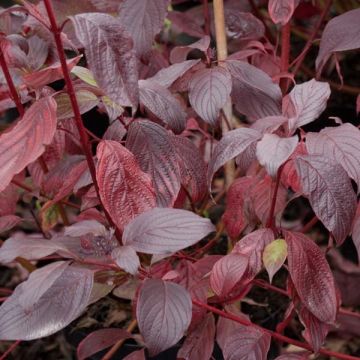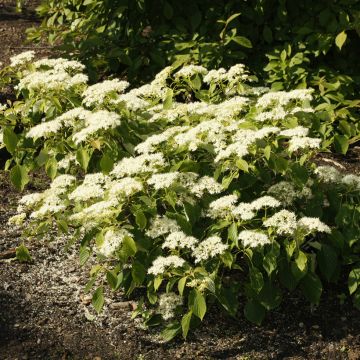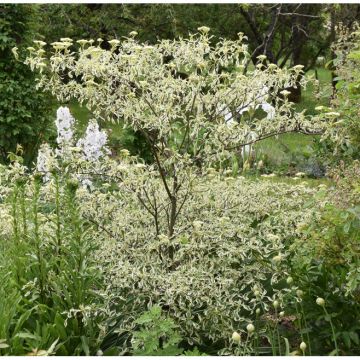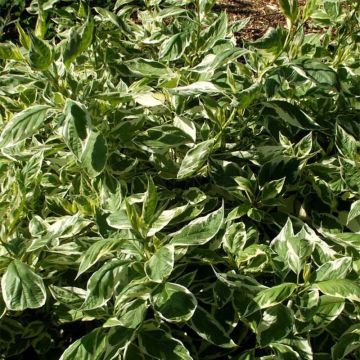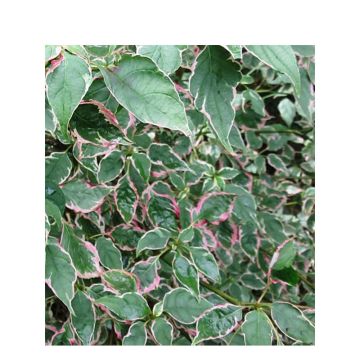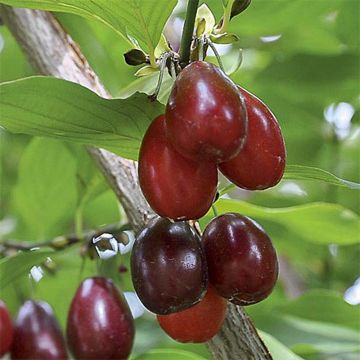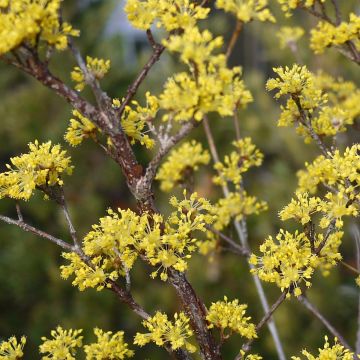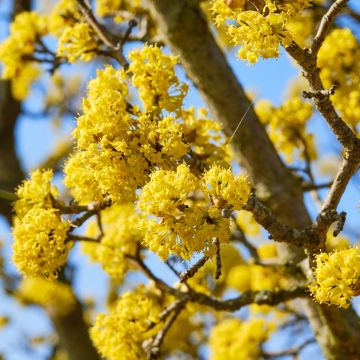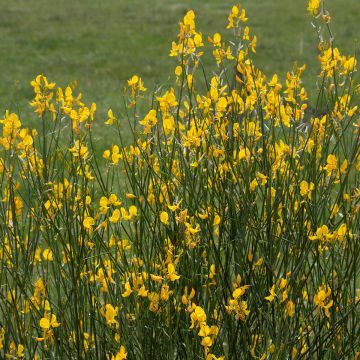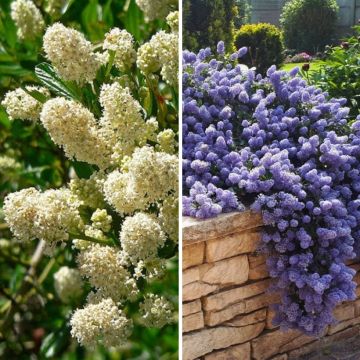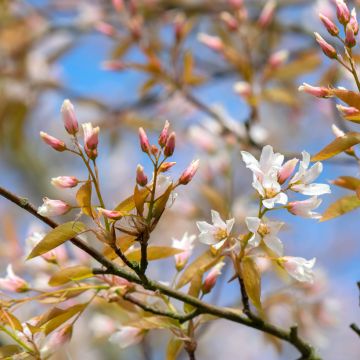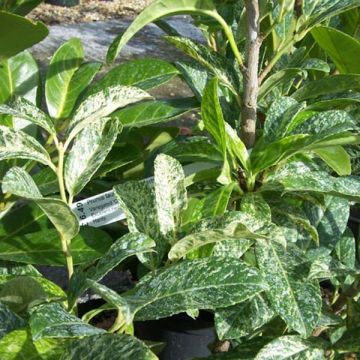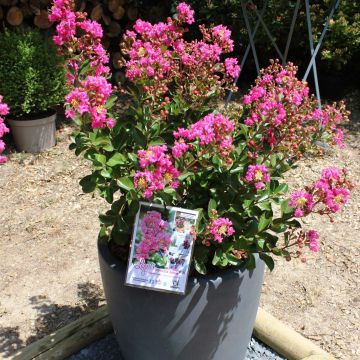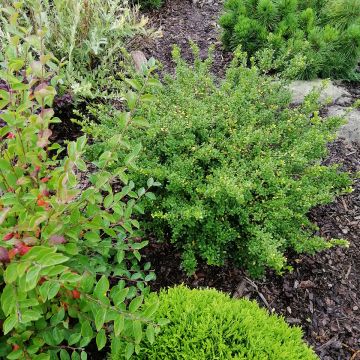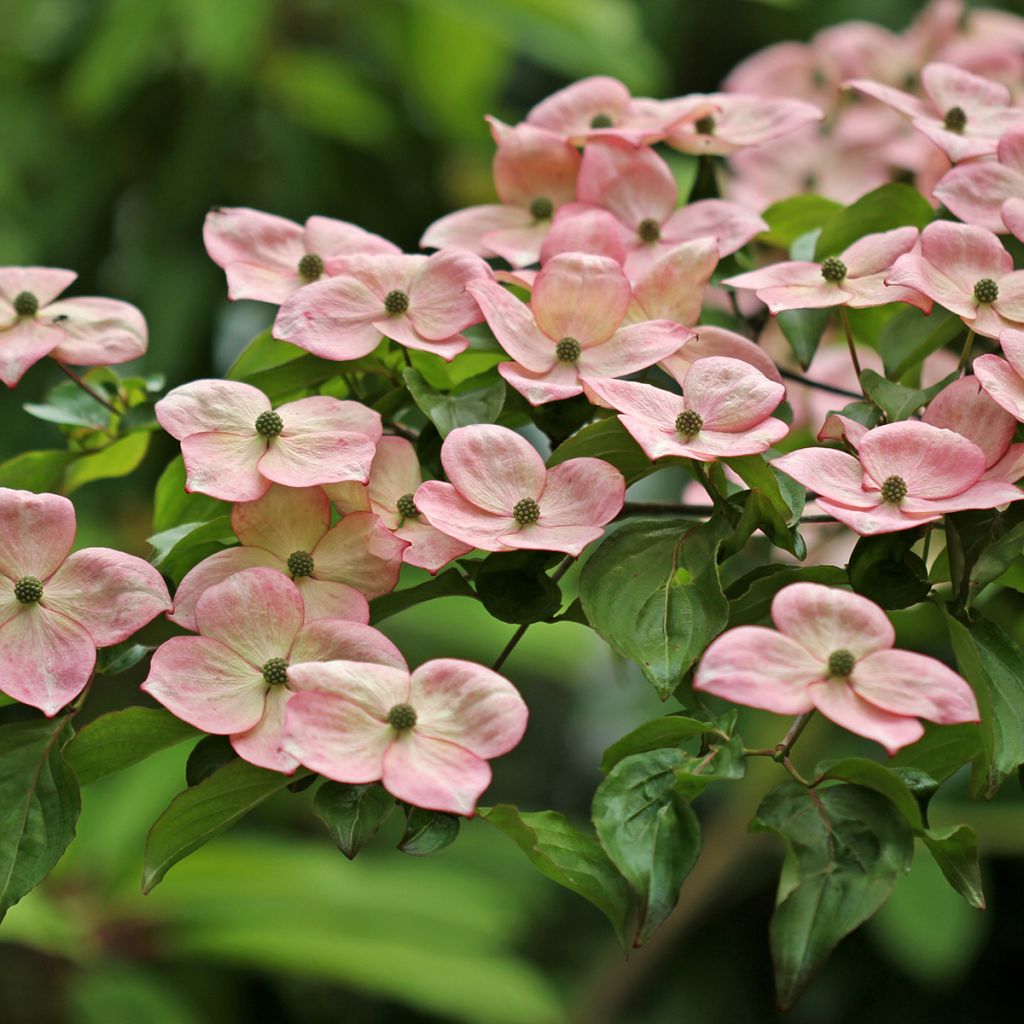

Cornus kousa Satomi - Flowering Dogwood
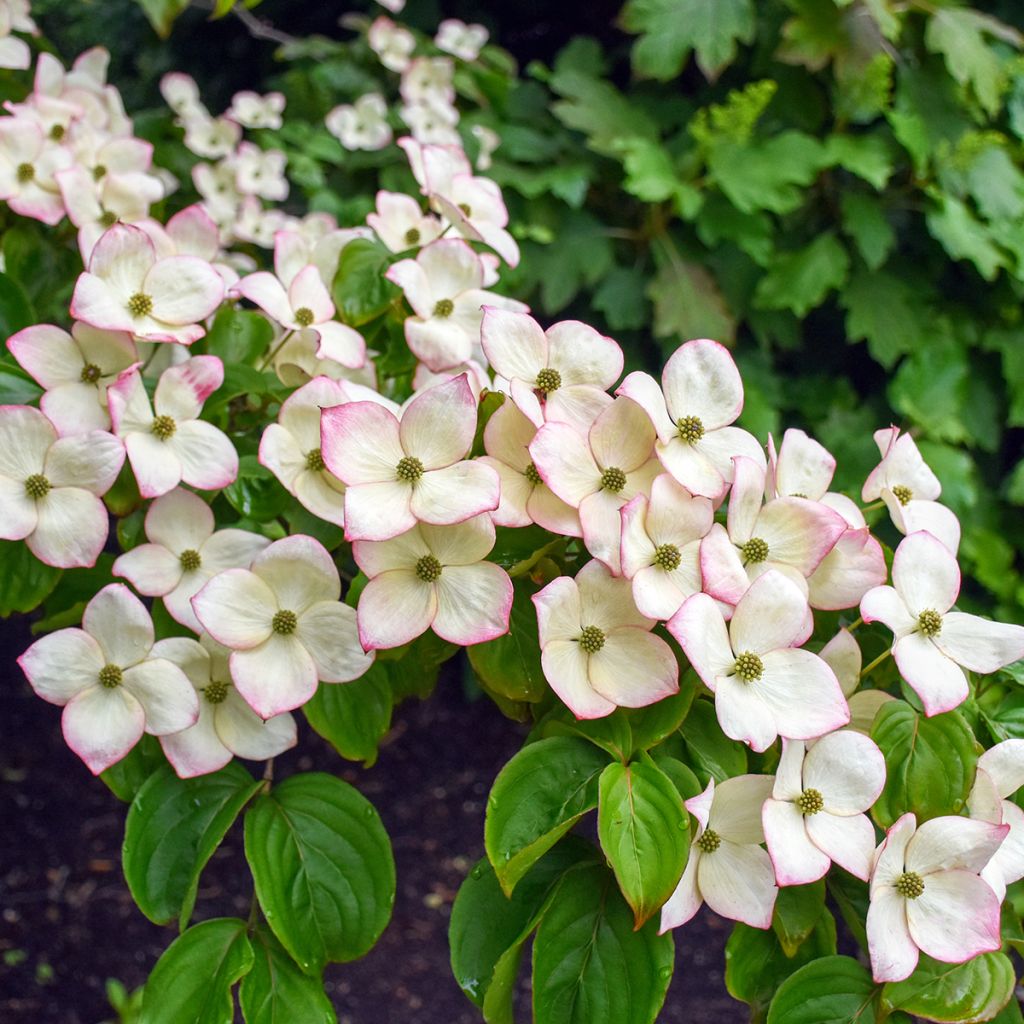

Cornus kousa Satomi - Flowering Dogwood
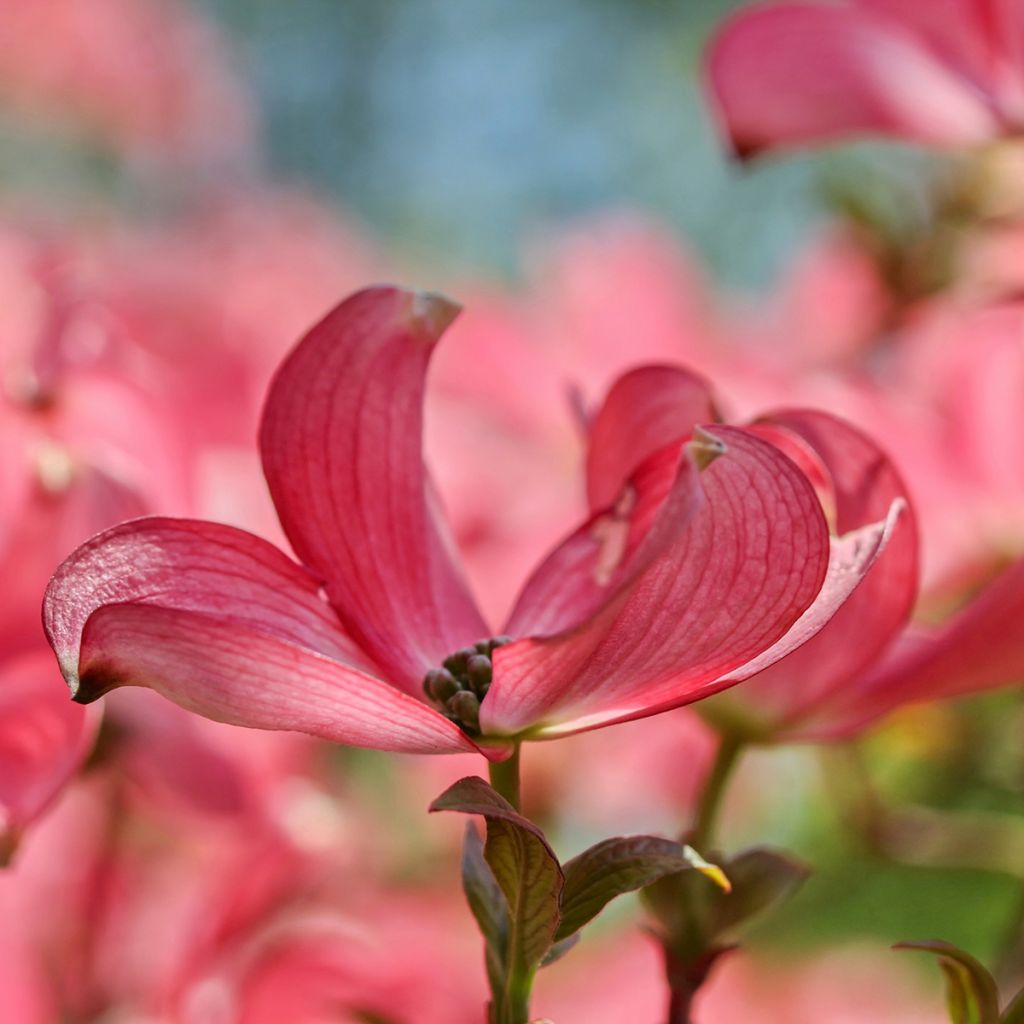

Cornus kousa Satomi - Flowering Dogwood
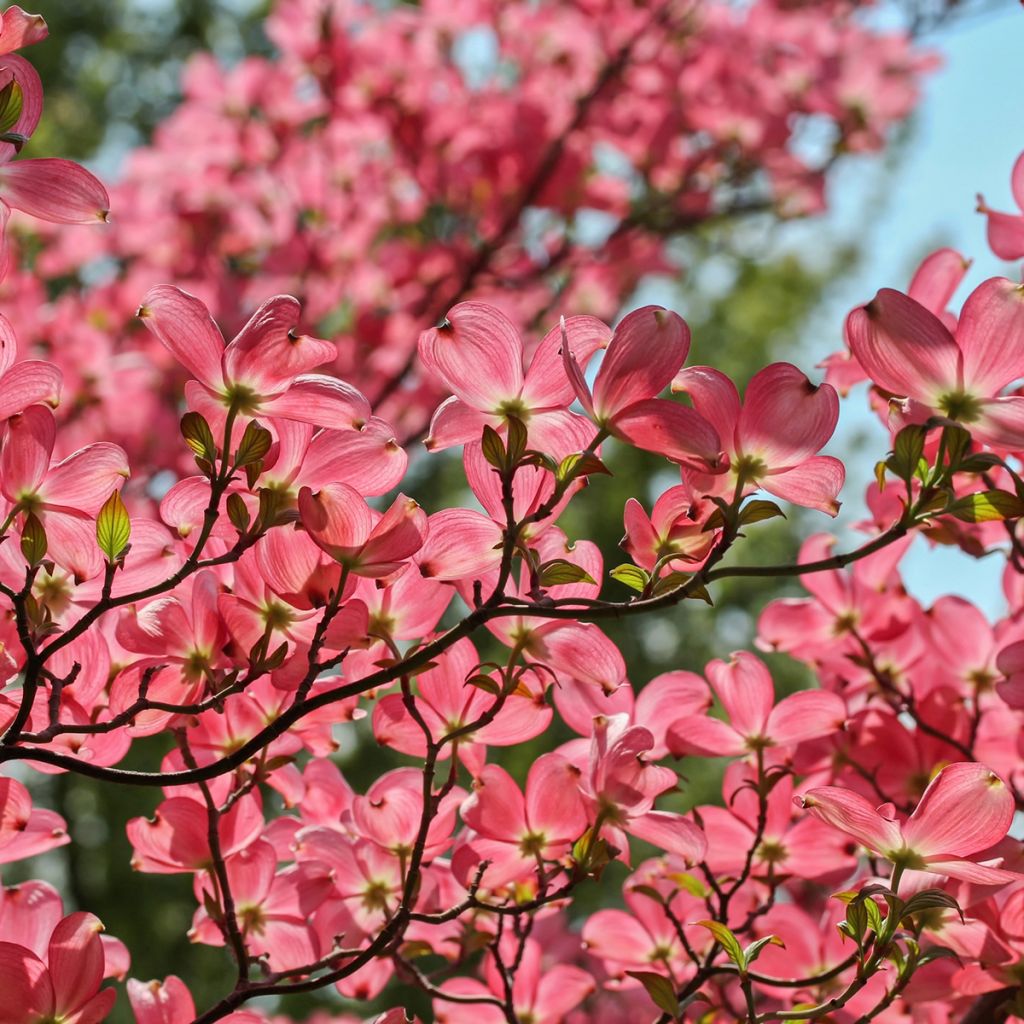

Cornus kousa Satomi - Flowering Dogwood
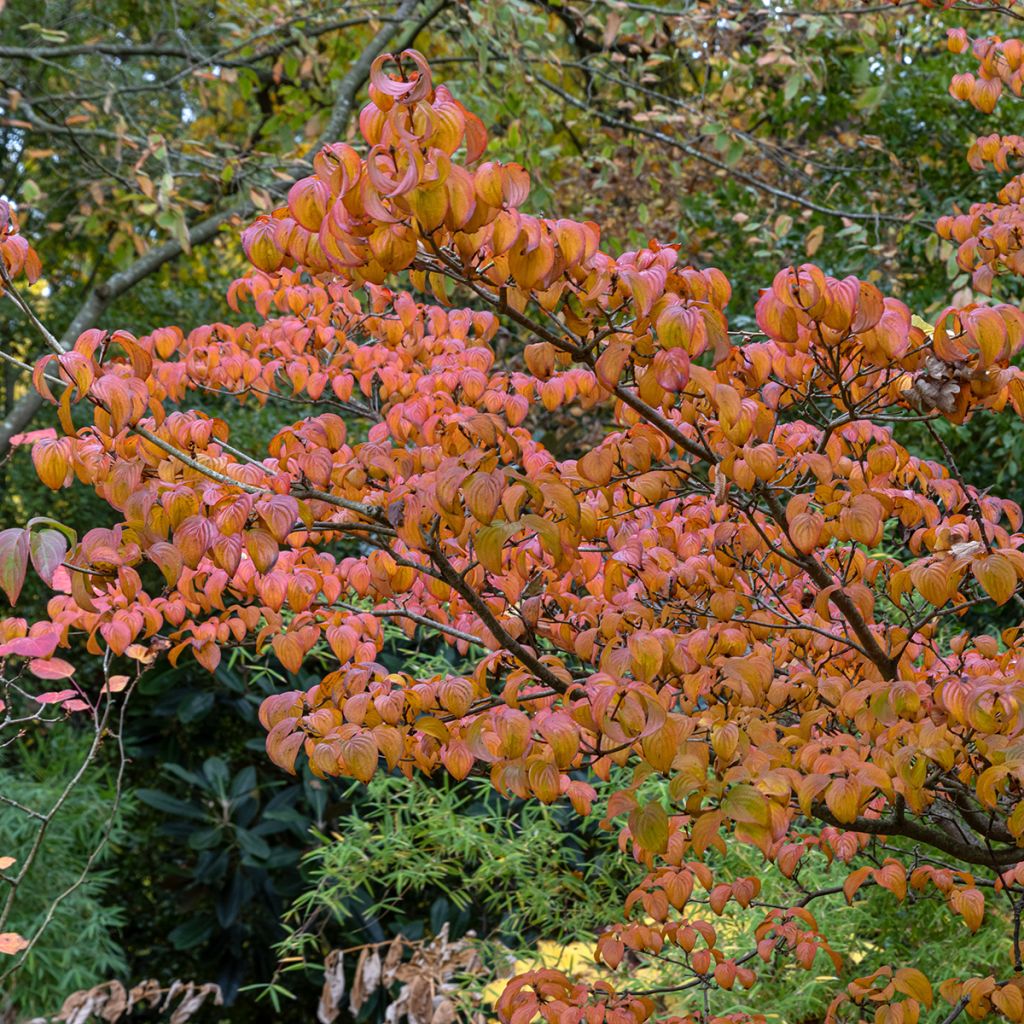

Cornus kousa Satomi - Flowering Dogwood
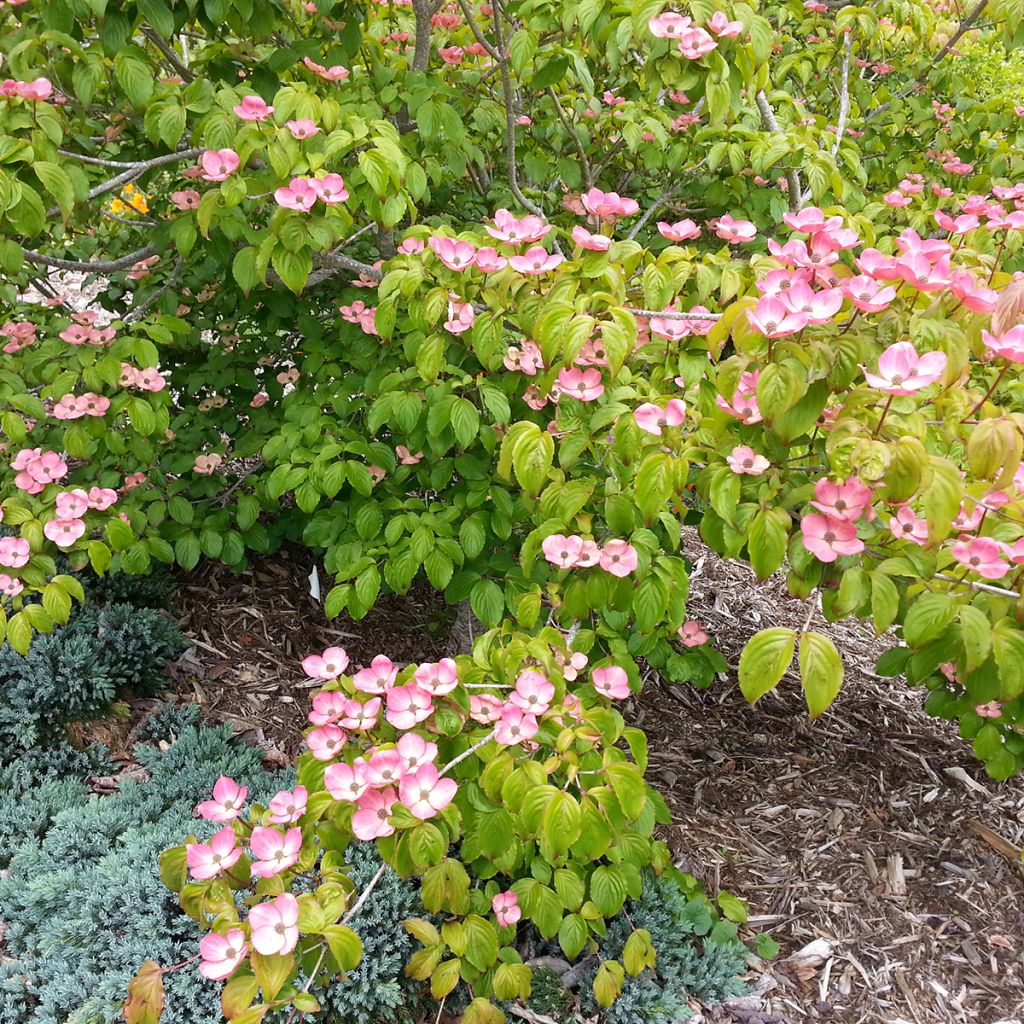

Cornus kousa Satomi - Flowering Dogwood


Cornus kousa Satomi - Flowering Dogwood
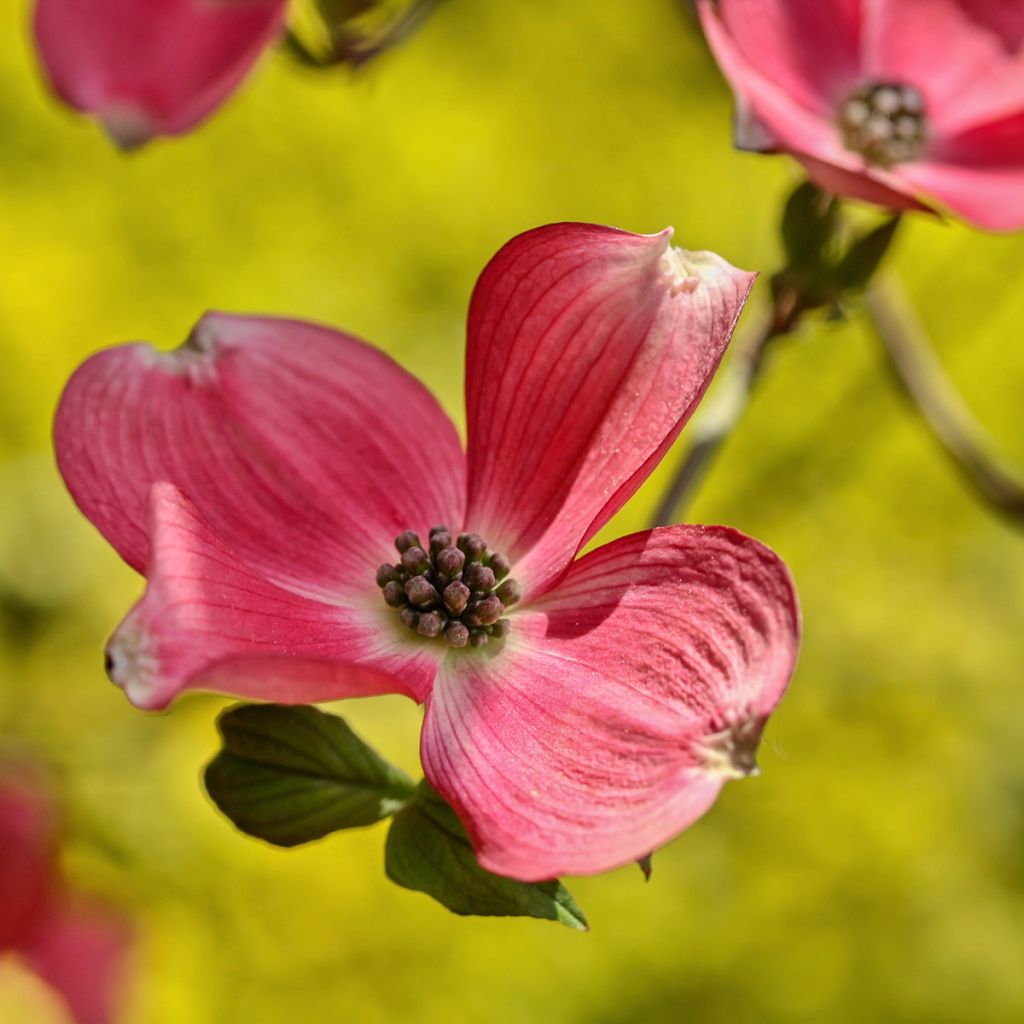

Cornus kousa Satomi - Flowering Dogwood


Cornus kousa Satomi - Flowering Dogwood


Cornus kousa Satomi - Flowering Dogwood
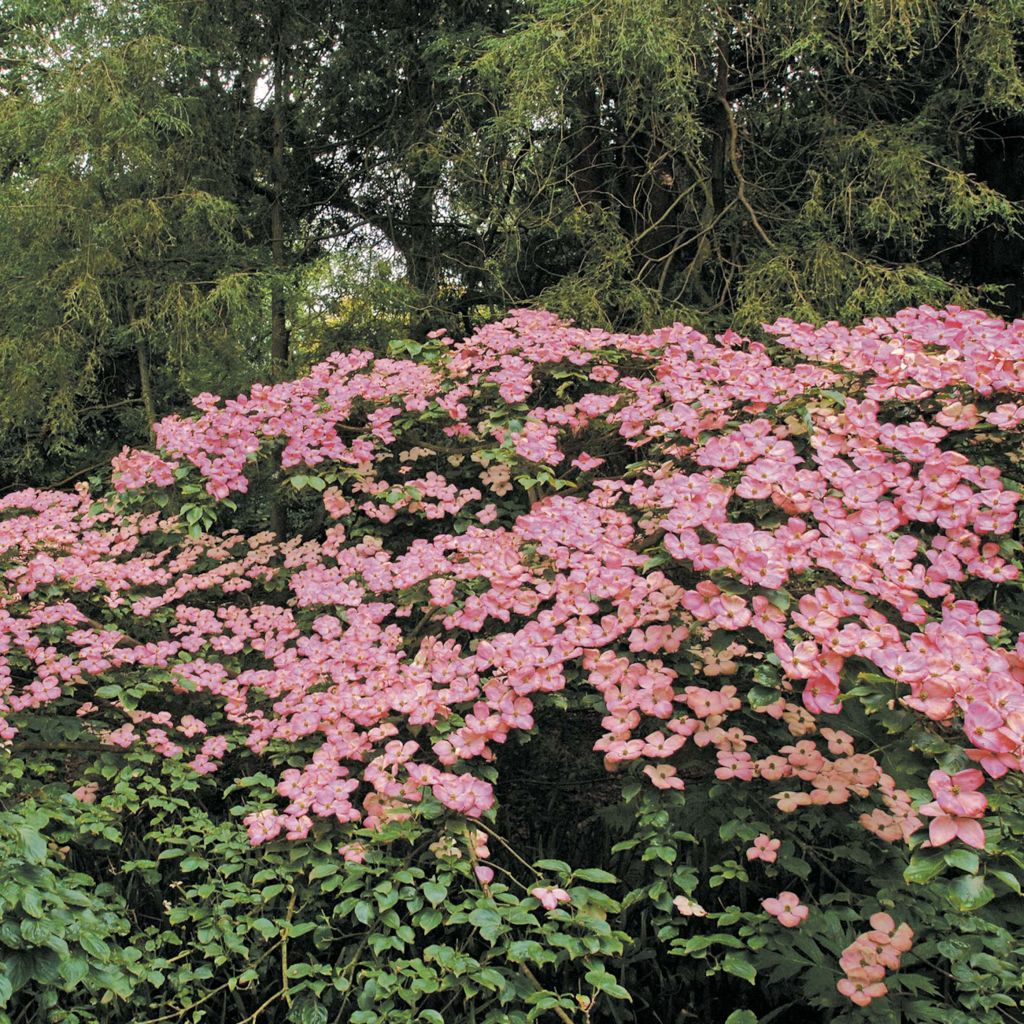

Cornus kousa Satomi - Flowering Dogwood


Cornus kousa Satomi - Flowering Dogwood


Cornus kousa Satomi - Flowering Dogwood
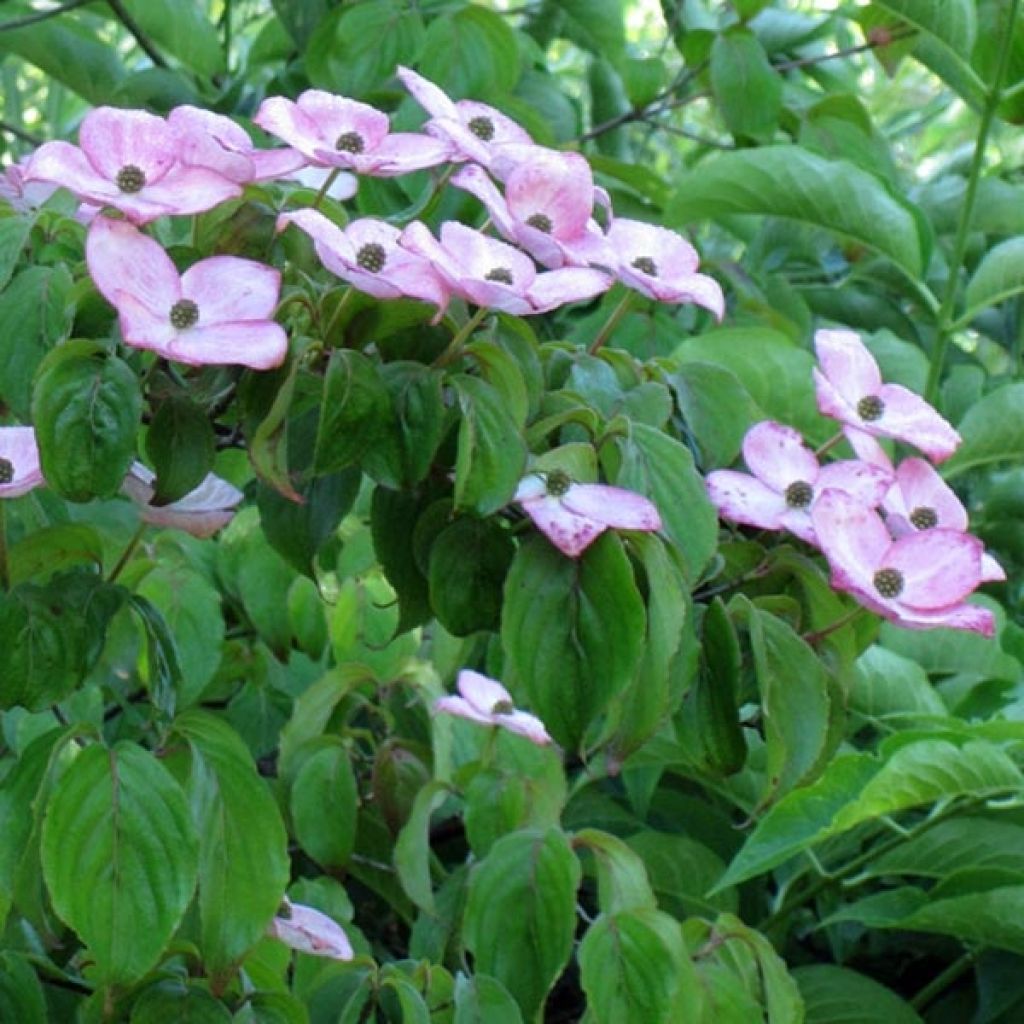

Cornus kousa Satomi - Flowering Dogwood
Cornus kousa Satomi - Flowering Dogwood
Cornus kousa Satomi
Kousa Dogwood, Japanese Dogwood, Chinese Dogwood
Nothing to say about the packaging, well protected and received very quickly. However, very disappointed with the pruning of the young plant, considering the indications and the price, because paying €89 for a young plant that measures 50cm (20in) instead of the 80 to 100cm (32 to 39in) indicated on the website (unless the height of the pot is included in the size of the bush), considering the quantities, it might be wise to be able to choose one's plant on the website...
Guillaume, 25/10/2023
Special offer!
Receive a €20 voucher for any order over €90 (excluding delivery costs, credit notes, and plastic-free options)!
1- Add your favorite plants to your cart.
2- Once you have reached €90, confirm your order (you can even choose the delivery date!).
3- As soon as your order is shipped, you will receive an email containing your voucher code, valid for 3 months (90 days).
Your voucher is unique and can only be used once, for any order with a minimum value of €20, excluding delivery costs.
Can be combined with other current offers, non-divisible and non-refundable.
Home or relay delivery (depending on size and destination)
Schedule delivery date,
and select date in basket
This plant carries a 24 months recovery warranty
More information
We guarantee the quality of our plants for a full growing cycle, and will replace at our expense any plant that fails to recover under normal climatic and planting conditions.
Would this plant suit my garden?
Set up your Plantfit profile →
Description
The Cornus kousa 'Satomi' is a very beautiful variety of Japanese dogwood, remarkable for its dazzling flowering with large pale pink bracts, its brilliant autumn colours and its beautiful layered habit. It will also bear pretty round and fleshy berries resembling strawberries, which will ripen in a long hot summer. Very hardy and less difficult to grow than its cousin Cornus florida, this very beautiful bush undoubtedly deserves to be planted more, even in a small garden. Give it a prominent place, preferably in partial shade and in non-chalky soil, in a large shrub border.
Cornus kousa is a small tree or large bush, native to Japan, China and Korea. Its architectural silhouette, supported by layered and horizontal branches, gives it a very Japanese look. 'Satomi' is a Japanese horticultural creation dating back to 1986, credited by Akira Shibamichi. This cultivar grows slowly but it is capable of reaching 3.50m (11ft 6in) to 4m (13ft) in height and 2.50m (8ft 2in) to 3m (9ft 10in) in spread after many years. It can withstand temperatures as low as -20°C (-4°F).
The Cornus kousa 'Satomi' is a tree with a broadly conical habit and compact, dense growth with a decorative cracked bark. Its leaves are deciduous, appearing in spring and falling in autumn. With an ovate shape and undulate edges, they measure 5 to 8cm (2 to 3.1in) in length. They are dark green until late summer, then they turn scarlet-red in autumn. It blooms abundantly in May-June depending on the climate. Its flowering takes the form of tiny green flowers measuring 0.5 to 1cm (0.4in) in diameter, grouped in clusters at the centre of 4 large pink bracts that make up a false flower with a diameter of 8 to 10cm (3.9in). Some fleshy dark red fruits appear in September which resemble strawberries and measure 2.5 to 3cm (1.2in) in length. While they are edible and have a sweet taste, their flesh does not have any real culinary interest. But they enhance the charm of this very beautiful bush at the end of the season.
The Cornus kousa 'Satomi' thrives in continental climates, with distinct summers and winters, but also performs well in milder areas. In hot regions, it should be planted in a sheltered spot away from the scorching sun. It is a very decorative dogwood in spring with its pink flowering, and in autumn with its beautiful scarlet foliage. It is interesting to plant it as a specimen in a small garden, in a shrub border, or even as a natural hedge if you have a bit more space. It can be combined with other shrubs that appreciate the same acidic conditions. It makes a perfect companion for rhododendrons, large Chinese azaleas, hydrangeas, Japanese maples and other kalmias.
Report an error about the product description
Cornus kousa Satomi - Flowering Dogwood in pictures
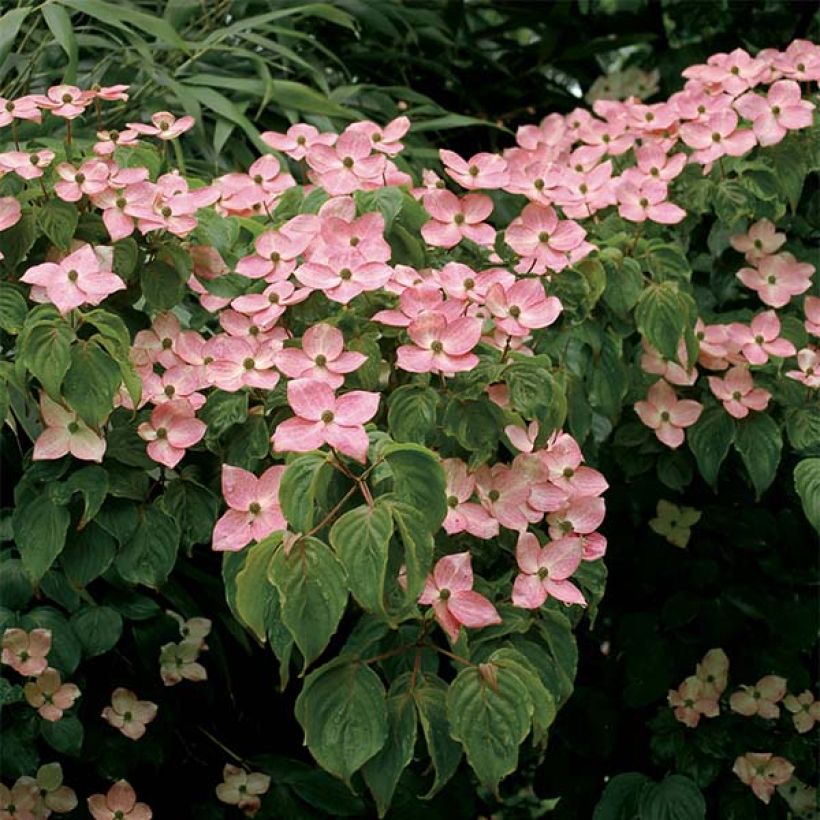

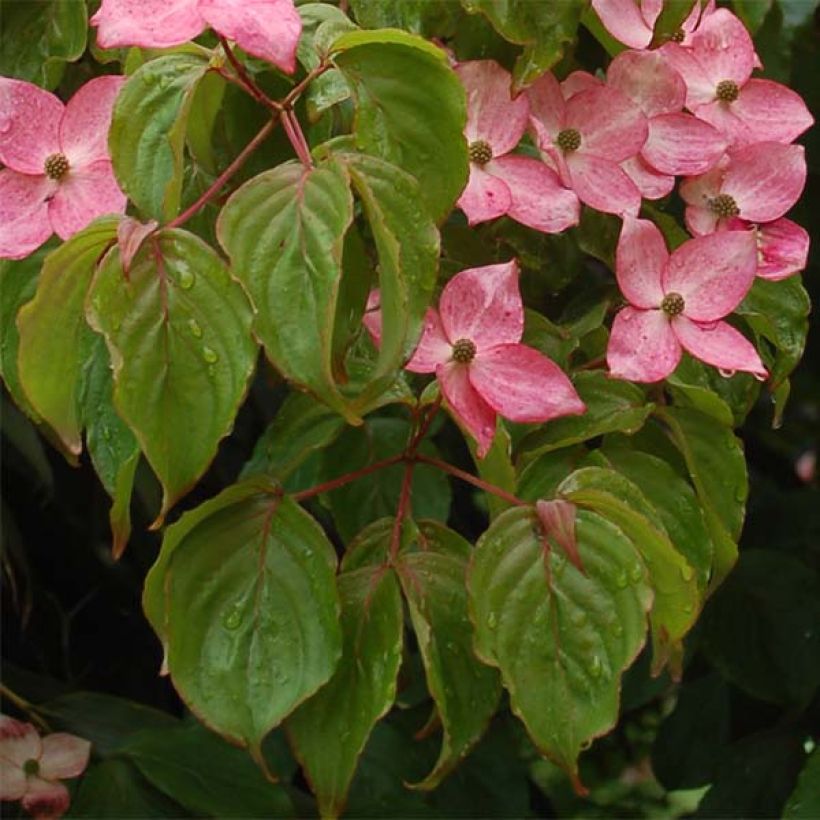

Plant habit
Flowering
Foliage
Botanical data
Cornus
kousa
Satomi
Cornaceae
Kousa Dogwood, Japanese Dogwood, Chinese Dogwood
Cultivar or hybrid
Other Cornus
View all →Planting and care
The Cornus Kousa 'Satomi' is best planted in a sunny or partially shaded environment. It thrives in warmth, which encourages flowering, and is sensitive to late spring frosts. It should be planted in a non-chalky, humus-bearing, deep and moist but well-drained soil. It can be planted in spring or autumn (avoiding frosts). In these conditions, the Cornus Kousa is easy to grow and requires little maintenance. Pruning is not essential. Beware of parasitic attacks which can cause severe damage.
Planting period
Intended location
Care
-
, onOrder confirmed
Reply from on Promesse de fleurs
Similar products
Haven't found what you were looking for?
Hardiness is the lowest winter temperature a plant can endure without suffering serious damage or even dying. However, hardiness is affected by location (a sheltered area, such as a patio), protection (winter cover) and soil type (hardiness is improved by well-drained soil).

Photo Sharing Terms & Conditions
In order to encourage gardeners to interact and share their experiences, Promesse de fleurs offers various media enabling content to be uploaded onto its Site - in particular via the ‘Photo sharing’ module.
The User agrees to refrain from:
- Posting any content that is illegal, prejudicial, insulting, racist, inciteful to hatred, revisionist, contrary to public decency, that infringes on privacy or on the privacy rights of third parties, in particular the publicity rights of persons and goods, intellectual property rights, or the right to privacy.
- Submitting content on behalf of a third party;
- Impersonate the identity of a third party and/or publish any personal information about a third party;
In general, the User undertakes to refrain from any unethical behaviour.
All Content (in particular text, comments, files, images, photos, videos, creative works, etc.), which may be subject to property or intellectual property rights, image or other private rights, shall remain the property of the User, subject to the limited rights granted by the terms of the licence granted by Promesse de fleurs as stated below. Users are at liberty to publish or not to publish such Content on the Site, notably via the ‘Photo Sharing’ facility, and accept that this Content shall be made public and freely accessible, notably on the Internet.
Users further acknowledge, undertake to have ,and guarantee that they hold all necessary rights and permissions to publish such material on the Site, in particular with regard to the legislation in force pertaining to any privacy, property, intellectual property, image, or contractual rights, or rights of any other nature. By publishing such Content on the Site, Users acknowledge accepting full liability as publishers of the Content within the meaning of the law, and grant Promesse de fleurs, free of charge, an inclusive, worldwide licence for the said Content for the entire duration of its publication, including all reproduction, representation, up/downloading, displaying, performing, transmission, and storage rights.
Users also grant permission for their name to be linked to the Content and accept that this link may not always be made available.
By engaging in posting material, Users consent to their Content becoming automatically accessible on the Internet, in particular on other sites and/or blogs and/or web pages of the Promesse de fleurs site, including in particular social pages and the Promesse de fleurs catalogue.
Users may secure the removal of entrusted content free of charge by issuing a simple request via our contact form.
The flowering period indicated on our website applies to countries and regions located in USDA zone 8 (France, the United Kingdom, Ireland, the Netherlands, etc.)
It will vary according to where you live:
- In zones 9 to 10 (Italy, Spain, Greece, etc.), flowering will occur about 2 to 4 weeks earlier.
- In zones 6 to 7 (Germany, Poland, Slovenia, and lower mountainous regions), flowering will be delayed by 2 to 3 weeks.
- In zone 5 (Central Europe, Scandinavia), blooming will be delayed by 3 to 5 weeks.
In temperate climates, pruning of spring-flowering shrubs (forsythia, spireas, etc.) should be done just after flowering.
Pruning of summer-flowering shrubs (Indian Lilac, Perovskia, etc.) can be done in winter or spring.
In cold regions as well as with frost-sensitive plants, avoid pruning too early when severe frosts may still occur.
The planting period indicated on our website applies to countries and regions located in USDA zone 8 (France, United Kingdom, Ireland, Netherlands).
It will vary according to where you live:
- In Mediterranean zones (Marseille, Madrid, Milan, etc.), autumn and winter are the best planting periods.
- In continental zones (Strasbourg, Munich, Vienna, etc.), delay planting by 2 to 3 weeks in spring and bring it forward by 2 to 4 weeks in autumn.
- In mountainous regions (the Alps, Pyrenees, Carpathians, etc.), it is best to plant in late spring (May-June) or late summer (August-September).
The harvesting period indicated on our website applies to countries and regions in USDA zone 8 (France, England, Ireland, the Netherlands).
In colder areas (Scandinavia, Poland, Austria...) fruit and vegetable harvests are likely to be delayed by 3-4 weeks.
In warmer areas (Italy, Spain, Greece, etc.), harvesting will probably take place earlier, depending on weather conditions.
The sowing periods indicated on our website apply to countries and regions within USDA Zone 8 (France, UK, Ireland, Netherlands).
In colder areas (Scandinavia, Poland, Austria...), delay any outdoor sowing by 3-4 weeks, or sow under glass.
In warmer climes (Italy, Spain, Greece, etc.), bring outdoor sowing forward by a few weeks.






























